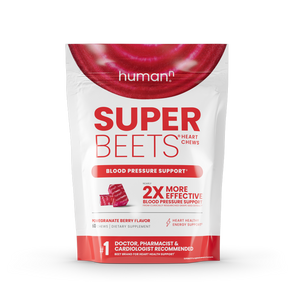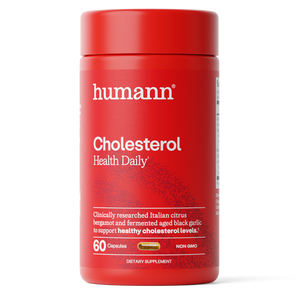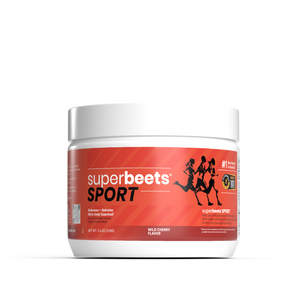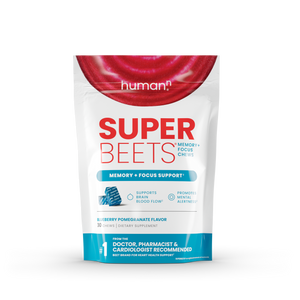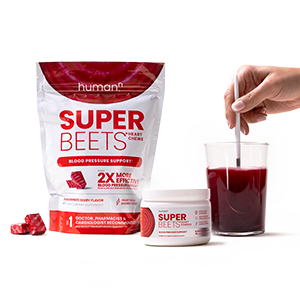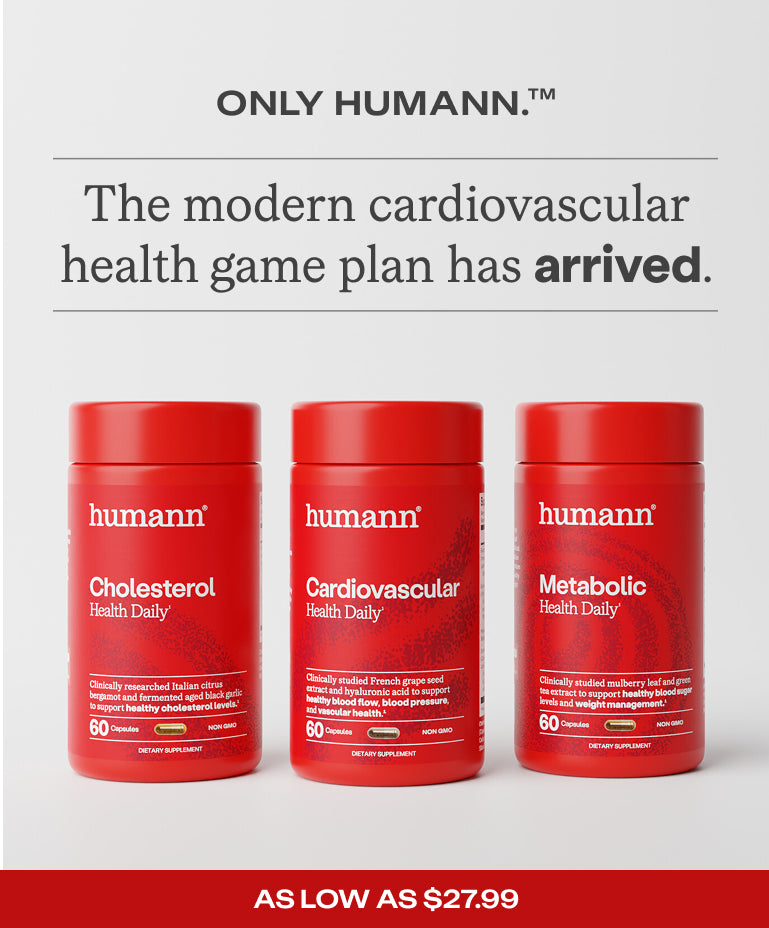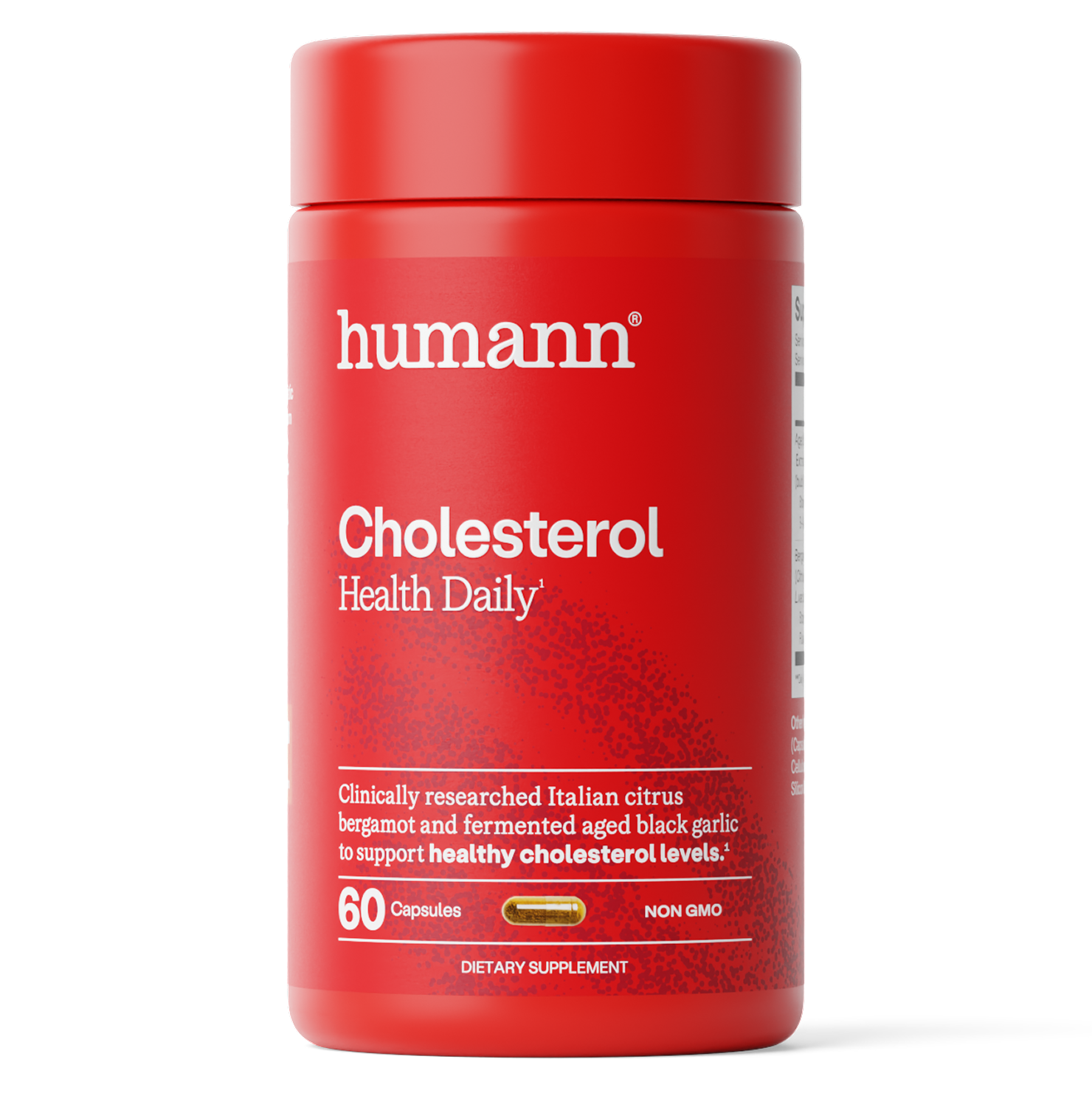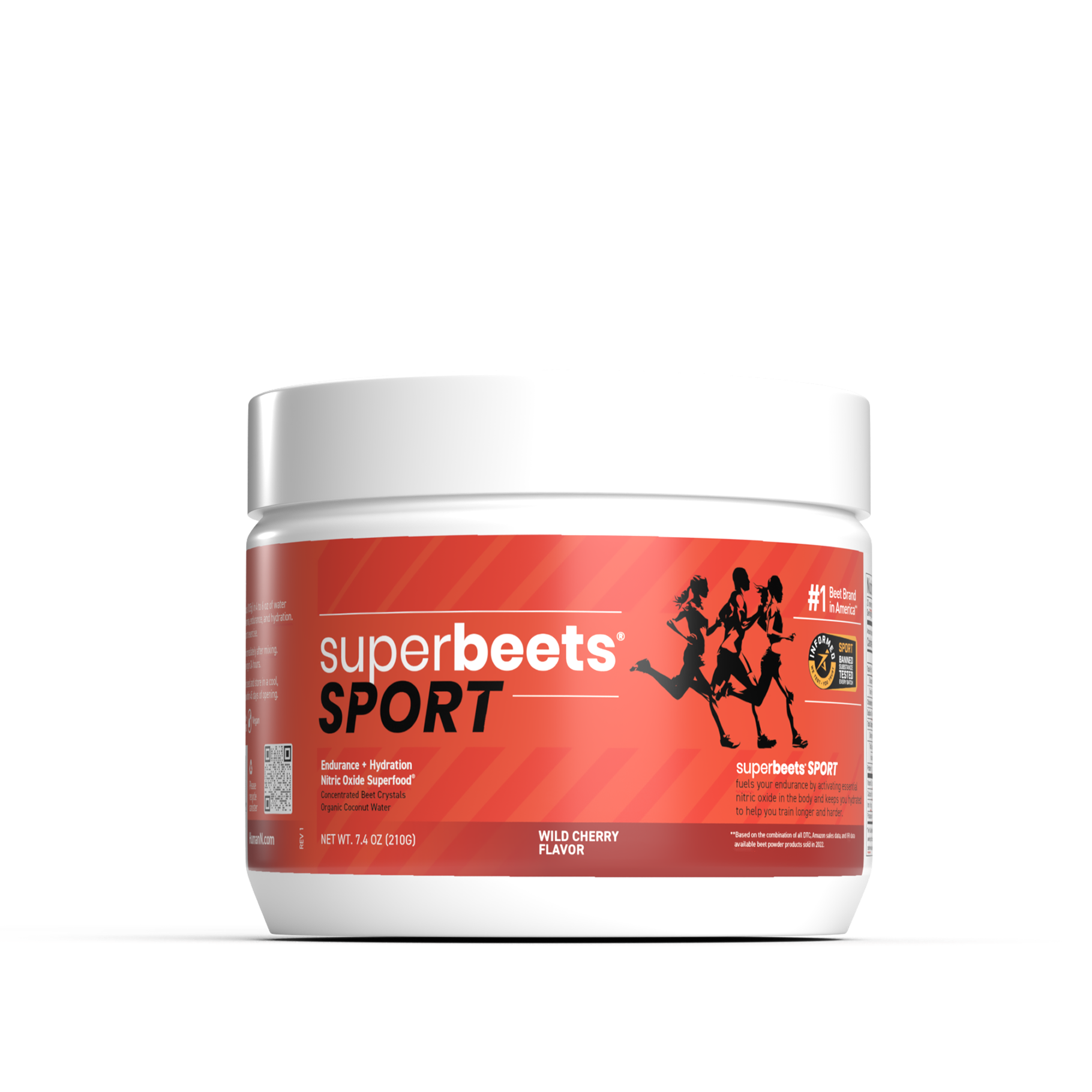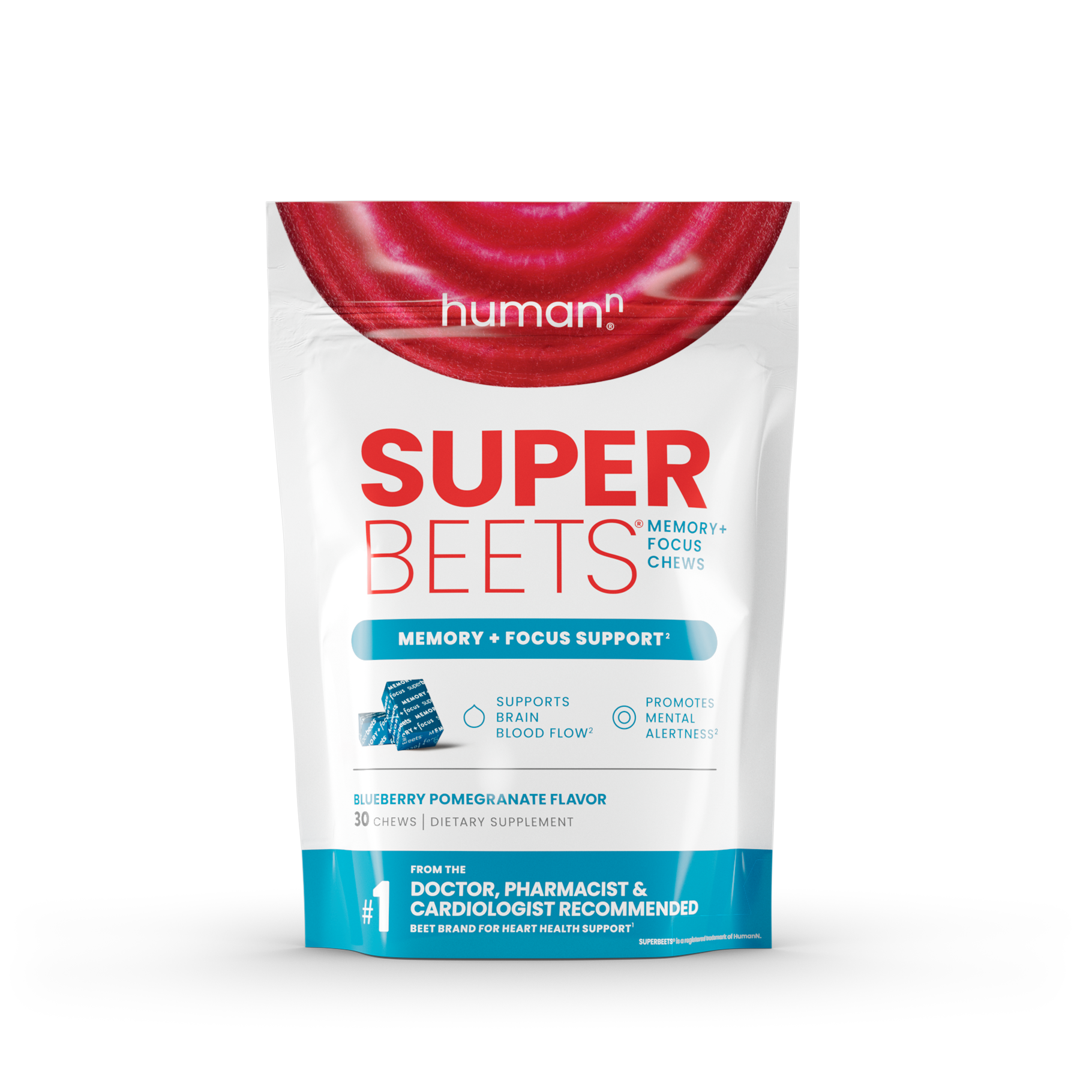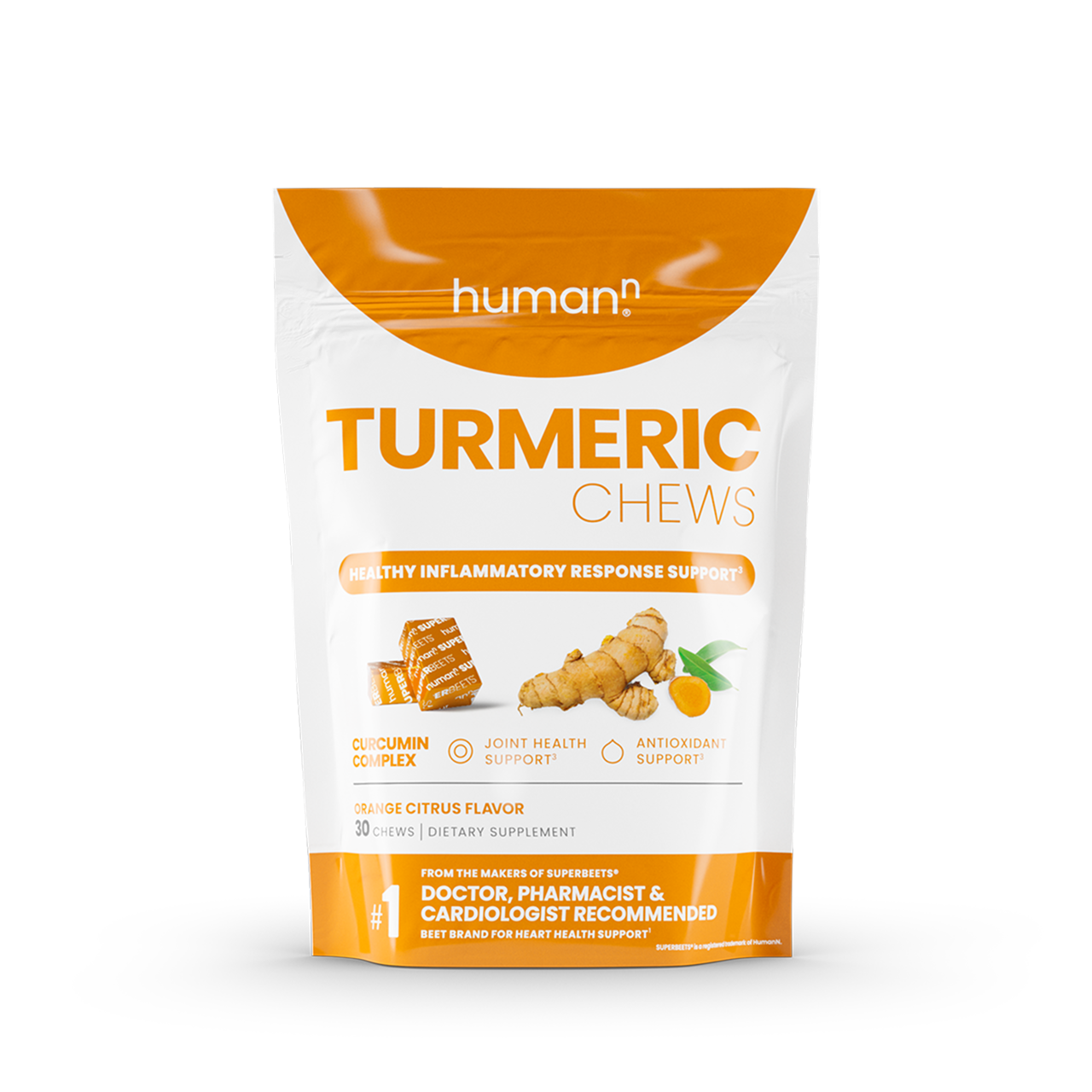Lists for the top foods that could help support healthy blood pressure levels are pervasive on the internet. What these lists don’t tell you is how to actually use the foods in them. (Hint: it’s not as simple as simply grabbing the most beautiful in-season fruit you can find.)
A quick search around the internet for healthy blood pressure foods will suggest that all you need to do is incorporate more leafy greens and vegetables into your diet — in the realm of 8-10 servings a day.
Many articles will reveal the reason dark leafy greens and vegetables come so highly recommended for blood pressure health — it’s their magnesium, potassium, and calcium content. They’re all electrolytes and they’re extremely beneficial, but each one has its limitations.
-
Potassium supports blood pressure health by helping you excrete sodium.(1) If you’re not eating excessive amounts of sodium, it won’t have as much of a benefit for you.
- Magnesium also helps with normal blood pressure levels, but if you’re already getting enough through your diet, you won’t necessarily see the benefits.(2)
- Calcium is the best out of the three electrolytes since it’s not dependent on other factors, but it can be problematic if you’re not getting vitamin K2.(3)
The good news is there are far better options to support healthy blood pressure levels. Plus, you’ll get some beneficial tips for each food.
1 . KALE AND SPINACH

Kale and spinach are both dark leafy greens that are high in dietary nitrates. They’re ubiquitous and can be used in almost anything — salads, shakes, snacks, entrees — everything. Eating kale and spinach are definitely the easiest ways to get dietary nitrates into your body.
Your body uses these nitrates to create nitric oxide. Nitric oxide is actually a gas that’s rapidly put to use. Though it’s a tiny molecule, nitric oxide has a huge impact on your health — it can support circulation, promote energy, and support healthy blood pressure levels.
Your body can make nitric oxide on its own, but gets less efficient as time goes on. Getting quality nitrates into your diet becomes more critical to supporting your health as time goes on.
However, there’s a trick you absolutely must know to getting adequate amounts of these dietary nitrates — chew your food thoroughly. It will help your body break down the nitrates and put them to use.
To avoid slowly chewing on kale and spinach, you can have a drink like HeartGreens or Endurance Greens, two nutritious greens superfood powders that features both kale and spinach and more nutrient-packed ingredients.
However, as you’ll find out later, it’s best not to rely on just any bag of spinach or greens drink for dietary nitrates.
2. BEETS
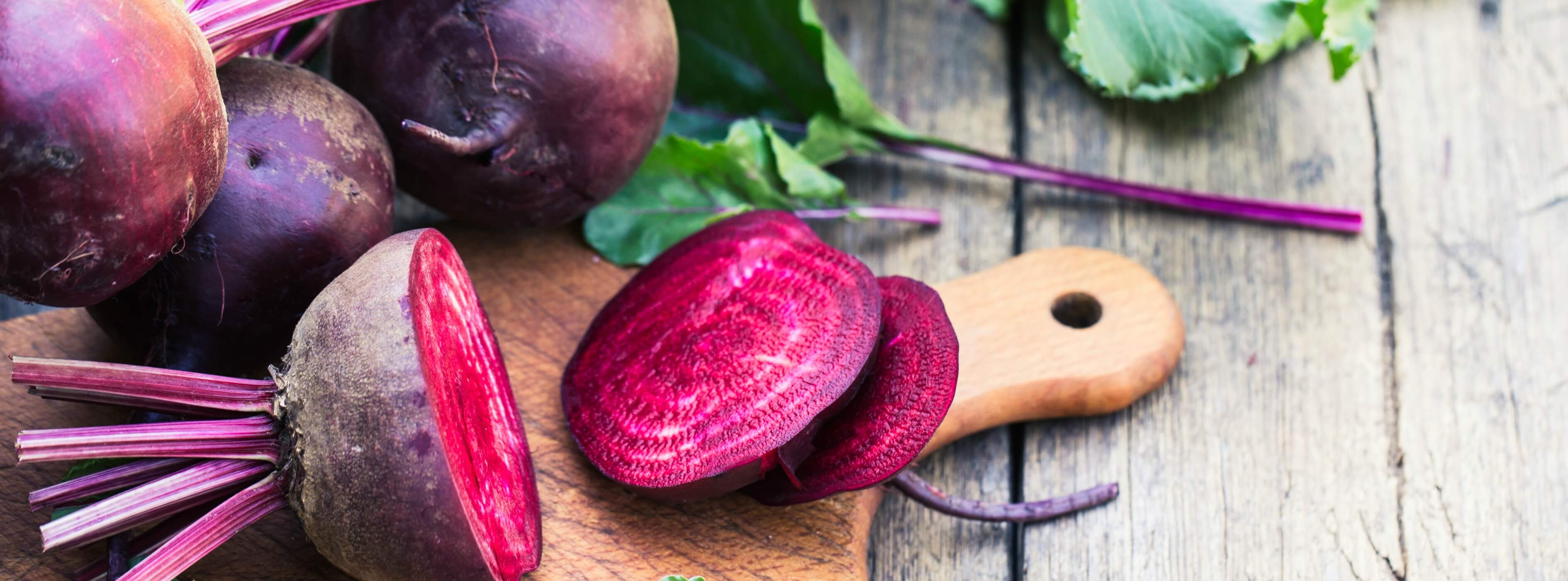
Beets were prized by the ancient Romans and Greeks, loved by Northeastern Europeans because they were one of the few vegetables that were able to grow in the winter, and they’re one of nature’s most heart-healthy foods.
But the earthy taste can be hard to get around. People either love beets or they don’t. It’s a shame because beets have one of the highest levels of dietary nitrates in the plant kingdom. And the more dietary nitrates you’re able to get, the more likely you’ll be able to produce an amount of nitric oxide that can help support healthy blood pressure levels.
In addition to the earthy taste, because they’re a root vegetable, beets take in whatever is in the soil. Sometimes this is good, sometimes it’s not. What is certain is the nutritional content varies greatly from beet to beet. In some cases, the difference in dietary nitrates might be as much as 10-fold.
SuperBeets solves both issues by concentrating a consistent amount of dietary nitrates into a single, refreshing 4 ounce drink.
3. GRAPE SEEDS

Grapes and berries are excellent sources for nutrition, in general. They pack high levels of phytonutrients (antioxidants) in a tiny package without high amounts of sugar like their larger, fruity counterparts.
But the vast majority of a grape’s nutrition is in the seed and skin. You could chew the seeds in an attempt to break them down, but your teeth aren’t built for that. So it’s better to find a high quality grape seed extract to get the valuable antioxidants that can help maintain normal blood pressure levels without wearing down your molars.(4)
SuperBeets Chews and SuperGrapes Chews both contain 150 mg of premium French grape seed extract. In a 4-month-long, double-blind, placebo-controlled clinical trial involving 119 healthy men and women, the same grape seed extract we use, Enovia®, taken as part of a healthy lifestyle, was clinically shown to be nearly 2-times as effective at supporting normal blood pressure as a healthy lifestyle alone.
4. GARLIC

If you haven’t been adding garlic to just about everything you eat, you should definitely start. Not only does it make food vastly more delicious, it contains sulfur compounds which help your body generate nitric oxide and high amounts of antioxidants.
In terms of benefits, garlic can support your immune system health and healthy blood pressure levels.
If you’re worried about garlic breath, there are easy ways to defeat it other than brushing your teeth and gargling mouthwash. You can get rid of garlic breath by eating a raw apple, lettuce, or mint leaves.(5) You’ll get the added bonus of even more healthy nutrients.
5. HAWTHORN BERRIES

Hawthorn berries have been in use for centuries to support heart health. Their secret lies in their naturally-occurring proanthocyanidins (PACs) and bioflavonoids.
They’re not commonly found in grocery stores, but you may be able to find them at your local health store. If you can locate some berries, one of the better ways to use them is to make tea.
You can also grind them up and make flour from them, but you must be certain to remove the seeds. So, tea is one of the easiest and quickest way to avoid eating the seed and get healthy heart support.
Of course, you can also find hawthorn berry extract in leading heart health supplements like Neo40.
BONUS: NITRIC OXIDE
If you’re looking to support general health or you’re making dinner, fruits and vegetables are still your best option. But if you need something specific, it is almost always easier to use a high quality functional food or supplement.
It’s been mentioned throughout, but there’s a key molecule you need to support healthy blood pressure levels and circulation. It’s called nitric oxide. Nitric oxide provides a whole system approach compared to a band-aid solution like potassium, magnesium, and calcium.
But you can’t directly ingest nitric oxide. Your body has to manufacture it. The easiest way to help your body create it is to supply it with plenty of dietary nitrates from real food sources like spinach, kale, garlic and beets.
However, you need to eat about 2 cups of foods high in dietary nitrates to support healthy blood pressure — something most people have difficulty accomplishing. If you have trouble working that many beets or greens into your diet, then you will benefit from supplementing your diet with Neo40, SuperBeets, or HeartGreens.
For more on knowing when to eat vs. supplement, read our blog post How to Know When to Supplement Your Diet by Mari-Etta Parrish RD, CSSD, LDN
Sources
- Potassium & Sodium article: https://www.health.harvard.edu/staying-healthy/potassium-and-sodium-out-of-balance
- Magnesium article: https://www.livescience.com/55355-magnesium-blood-pressure.html
- Calcium: https://www.ncbi.nlm.nih.gov/pmc/articles/PMC4566462/#!po=3.57143
- Grape seed extract article: https://academic.oup.com/biomedgerontology/article/63/10/1034/559198
- Garlic breath help: https://www.ncbi.nlm.nih.gov/pubmed/27649517
